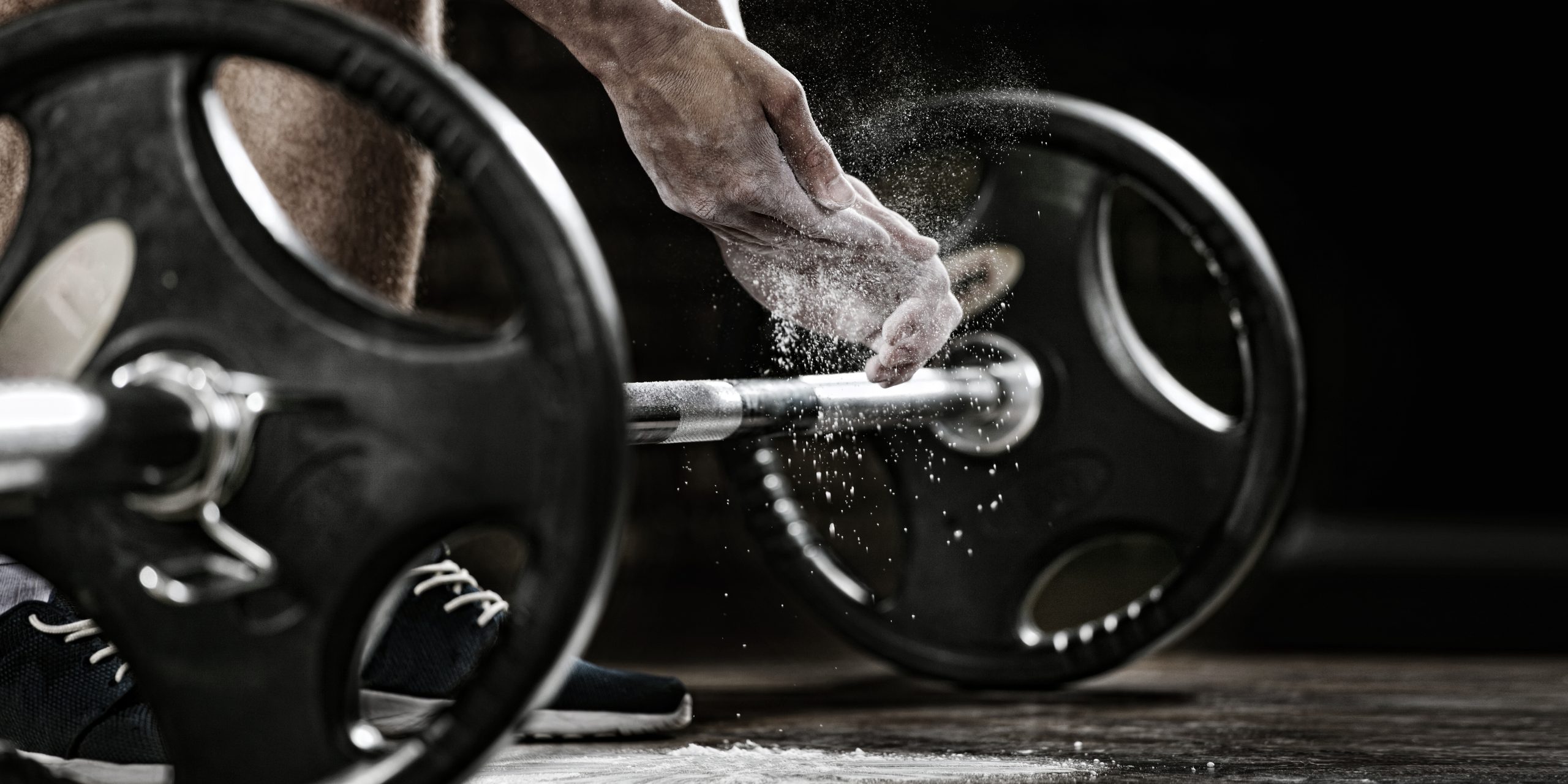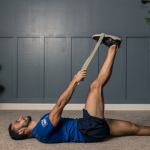Nearly everyone who has lifted weights with any intensity has experienced exercise-induced muscle soreness and pain.
The Three Types of Pain Related to Weightlifting or Strenuous Exercise Include:
1) pain experienced during or immediately following exercise
2) delayed onset muscle soreness
3) pain induced by muscle cramps. Each is characterized by a different time course and different cause.
Pain that is felt during exercise is considered to result from a combination of factors including acids, ions, proteins, and hormones. Delayed onset muscle soreness develops 24-48 hours after lifting heavy weights or after strenuous exercise.
A prolonged strength loss and a reduced range of motion generally accompany this type of soreness. Lastly, muscle cramps are involuntary temporary strong muscle contractions, which may cause a severe pain. Usually the onset is sudden while the cramp resolves spontaneously in a few seconds to minutes.
For a growing number of us, the solution to minimizing the discomfort of any of these three types of pains is to take a couple of over-the-counter (OTC) painkillers. Aspirin, acetaminophen and nonsteroidal anti-inflammatory drugs (NSAIDs) are the three main types of OTC pain relief products.
Most of us never think twice about this practice and in fact, it is becoming increasingly common for many men to consume OTC pain relievers after nearly every workout with some even taking them before they start to lift.

What Does The Evidence Suggest?
There is a growing body of evidence indicating that this practice is not only counterproductive, but also potentially dangerous and in some cases, even deadly. NSAIDS, acetaminophen and prescription painkillers are of particular concern.
For example, a number of experts and researchers have recently begun raising questions about whether or not taking NSAIDs inhibits the muscle growth (hypertrophy) that is the desired goal of our workouts. Emerging evidence suggests that NSAIDS may impair protein-synthesis, a crucial component of the muscle building process.
The muscle soreness that follows a strenuous workout is part of the body’s adaptive response to exercise—it happens for a reason. Some amount of inflammation may be important, and even necessary, to maximize the effectiveness of strength training.
By taking NSAIDs to suppress the inflammatory response you may be cancelling out some of the benefits that would otherwise be achieved by lifting weights.
We’ll start by looking at the basics of the role protein plays in muscle growth. First, protein is an essential building block of muscle tissue. Skeletal muscle increases in size when new contractile proteins are added to existing muscle cells.
Let’s Take a Look at a Recent Study on OTC Doses
A 2002 study published in the American Journal of Physiology Endocrinology and Metabolism found that OTC doses of both ibuprofen and acetaminophen suppressed the protein synthesis response in skeletal muscle after strength training exercises.
In this study, protein synthesis was tested in groups that took acetaminophen, ibuprophen or a placebo. Results showed that the placebo group had a 75 percent higher rate of protein synthesis than the groups taking NSAID painkillers.

A number of additional studies have also examined the effects of NSAIDs on muscle growth. Like the 2002 research, these studies found that taking NSAIDs to relieve pain before or after weight training is counterproductive, because they inhibit protein synthesis, which in turn inhibits the growth of muscle.
For example, a 2006 study published in the Medicine & Science in Sports & Exercise found that injecting ibuprofen directly into muscles resulted in 50 percent less muscle growth. Given this, regular consumption of NSAIDs to relieve muscle pain and soreness could potentially erase hard fought for gains in muscle mass and increases in strength.
But that isn’t the only problem with NSAIDs—there is also the danger of adverse reactions when they are consumed in excessive quantities. Medical data shows that acetaminophen is one of the most common causes of poisoning in the world.
How Much is TOO Much?
Over time, consuming more than 4,000 milligrams of NSAIDs in a day, the maximum recommended dose, can cause problems with both the kidneys and the liver. And consuming more than 7,000 mg in a day can result in a severe overdose and cause symptoms such as coma and convulsions. Without rapid treatment, large overdoses of acetaminophen can result in liver failure and death.
Some people who experience chronic or recurring muscle pain must turn to prescription pain relievers to find relief. Unfortunately for some, they become addicted and sometimes overdose and die. In fact, prescription painkiller overdose deaths have increased 300% since 1999.
And regardless of whether you’re talking about OTC or prescription painkillers, excessive use of either can actually result in more frequent and more severe injuries. This can occur because painkillers can help alleviate the symptoms of the pain but not the cause.
Weight training with an injury with the soreness masked by pain relievers can lead to more serious and damaging problems. So while at some point nearly all of us will most likely need to take some sort of painkiller to alleviate weight training-related soreness, take them responsibly and only when necessary.
Otherwise, you run the risk of negating your gains, increasing the likelihood of injury, experiencing adverse reactions or even worse.
101 Superfoods to Fight Pain and Inflammation!
You Can’t See It…But There’s an Invisible Civil War
Raging Inside Your Body That Can Go Undetected
for Months…EVEN Years!






























